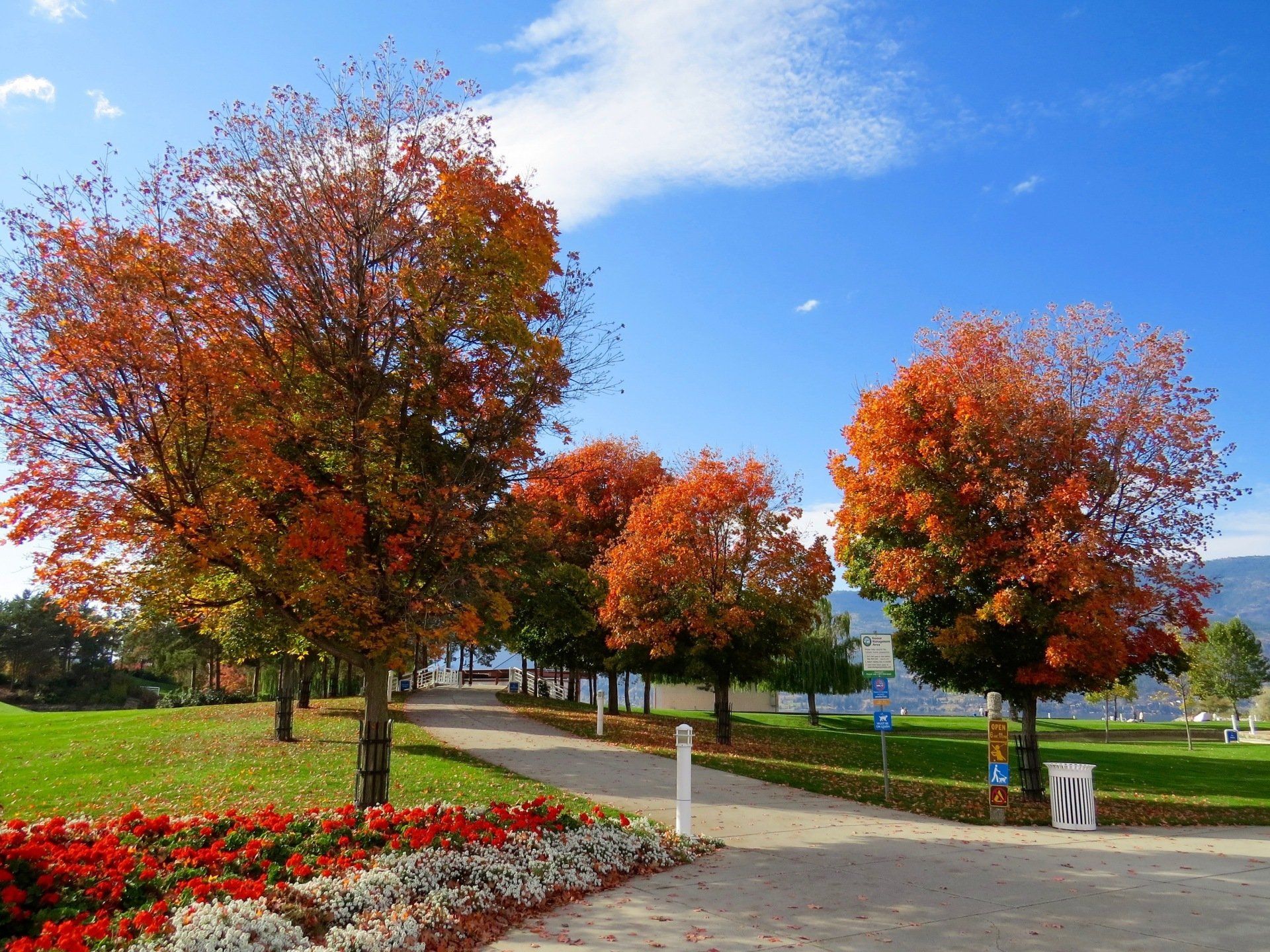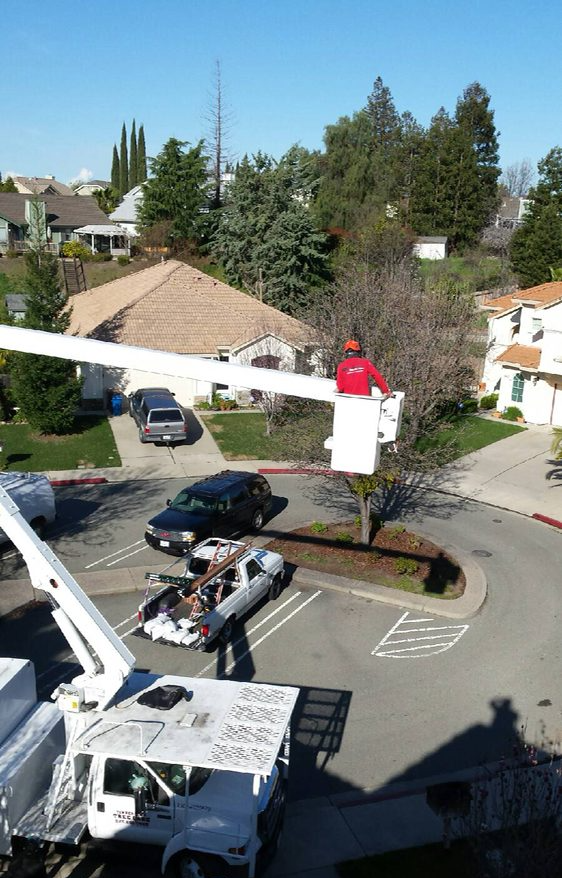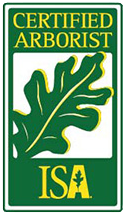
Carelessly digging a hole and plopping a tree into it may not yield the desired results. Your tree's aesthetic potential could be compromised, or worse, it might not survive. Ensure your newly planted trees thrive by following these essential tree planting tips. Let’s delve in and discover how to give your trees the best start in life.
Meticulously Establish the Planting Site
Planting a tree goes beyond merely digging a hole and inserting the tree. It necessitates meticulous preparation of the site to ensure the tree thrives. Choose a suitable spot based on recommended growth conditions, then dig a hole three times the size of the tree’s roots. Be cautious not to go overboard with the size or depth of the hole. It should only be deep enough to securely hold the tree in place at ground level. As you dig, angle the sides of the hole to facilitate proper root growth. Keep reading for more indispensable information.
Refill The Hole
Carefully refill the hole once the tree is positioned in the center. Prior to backfilling with dirt, insert soil to stabilize the tree upright. Utilize the excavated dirt to firmly pack the hole, ensuring it is free of air pockets. Fill the hole around the tree until the soil reaches just below the root collar.
Watering trees properly is crucial for their growth and survival.
One of the most important tree planting tips that often goes unnoticed is the need to ensure sufficient watering. Merely watering the tree after planting and in its initial year is not adequate. It’s essential to create a basin around the tree that can retain water long enough for it to penetrate the roots effectively. By forming a shallow basin in the soil that matches the size of the planting hole, you can water the tree thoroughly and allow the water to soak in.
After ensuring proper watering, spread a layer of mulch around the tree’s base, ensuring it doesn’t touch the trunk and maintaining a depth of a few inches. This layer of mulch serves to shield the roots from excessive heat and aids in water absorption and retention by the root system. Throughout the first year, continue to monitor and water the tree. The goal is for the mulch and the surrounding soil to be moist but not saturated. Avoid any water puddles lingering after watering.
With these tree planting tips in mind, we trust you will have a successful growing season. Remember, our team at Timberland Tree Care is ready to assist with all your tree care needs.

TIMBERLAND TREE CARE
Mailing address:
2546 Todd Ave
Concord, CA, 94520
925 -691-8733
925-691-TREE
24 HOUR EMERGENCY
TREE SERVICE
100% Satisfaction Guarantee!
Our guarantee is simple: if you’re not satisfied, neither are we. If there is ever a problem with your service we’ll come back and make it right.

All Rights Reserved | Timberland Tree Care
All Rights Reserved | Timberland Tree Care

